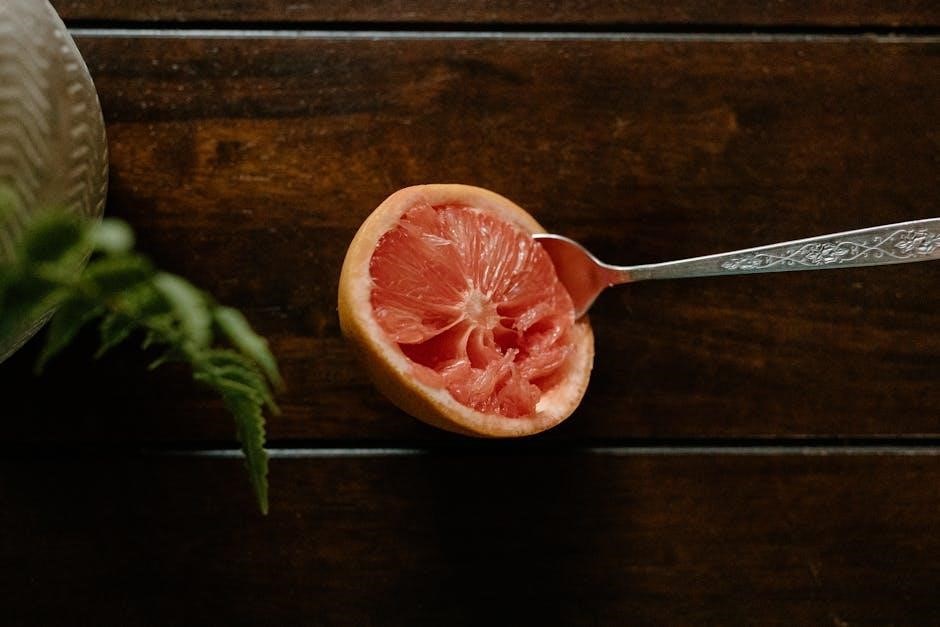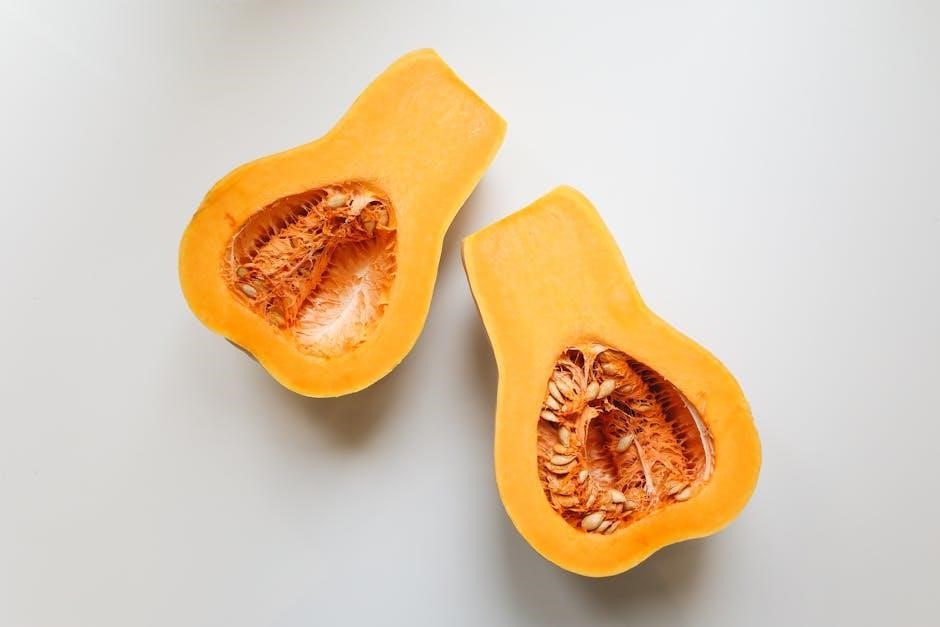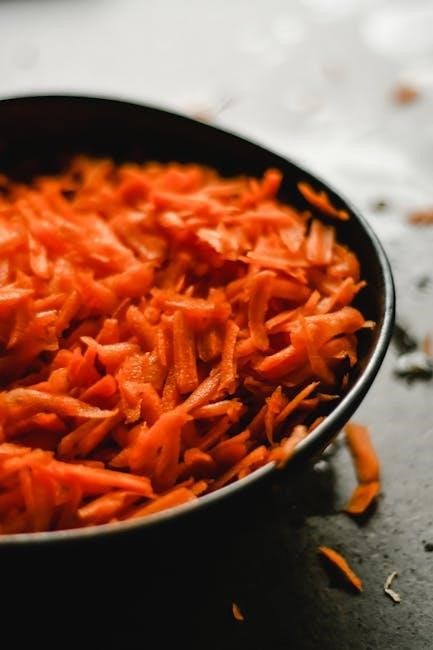High Fiber Diet for Diverticulosis: An Overview
A high-fiber diet plays a crucial role in managing diverticulosis, aiming to prevent complications. It promotes regular bowel movements and reduces pressure in the colon. This approach involves gradually increasing fiber intake to achieve the recommended daily amount and maintain digestive health.

What is Diverticulosis?
Diverticulosis is a condition characterized by the presence of small pouches, called diverticula, that develop in the wall of the colon. These pouches typically form at weak spots in the colon lining and become more common with age. While many people with diverticulosis experience no symptoms, the condition can sometimes lead to complications.
The formation of diverticula is often linked to a low-fiber diet, which can cause constipation and increased pressure in the colon. This pressure can weaken the colon wall over time, leading to the development of these pouches. Although the exact cause is not fully understood, dietary factors and lifestyle choices play a significant role.
In most cases, diverticulosis is discovered during routine medical tests or screenings. People with diverticulosis may not even know they have the condition until they experience symptoms or undergo a colonoscopy. It is important to note that diverticulosis itself is generally not a serious condition and often requires no specific treatment unless symptoms arise.
The Role of Fiber in Diverticulosis Management
Fiber plays a vital role by promoting softer, bulkier stools, reducing strain on the colon. Adequate fiber intake helps prevent constipation, a key factor in diverticulosis. A high-fiber diet can ease pain and bloating related to the condition.
Preventing Diverticulitis
Maintaining a high-fiber diet is crucial in preventing diverticulitis, an inflammation of the diverticula. The increased fiber intake helps to soften stools, making them easier to pass and reducing pressure on the colon walls. This decreased pressure minimizes the risk of food particles getting trapped in the diverticula, which can lead to inflammation and infection.
By ensuring regular bowel movements, a high-fiber diet helps to keep the digestive system healthy and functioning optimally. It’s recommended to gradually increase fiber consumption to avoid discomfort such as gas and bloating. Incorporating a variety of fiber-rich foods, such as fruits, vegetables, whole grains, and legumes, is essential for a balanced approach.
Staying hydrated is also important, as water helps fiber to work effectively in softening the stool. While past recommendations suggested avoiding nuts, seeds, and popcorn, current guidelines often encourage their consumption as tolerated, as they can contribute to overall fiber intake. Consulting a healthcare professional or dietitian is advised for personalized dietary recommendations.
Recommended Daily Fiber Intake
For individuals managing diverticulosis, achieving the recommended daily fiber intake is essential for promoting digestive health and preventing complications. The typical American diet often falls short, averaging only 12 to 15 grams of fiber per day. Healthcare professionals generally advise aiming for a total of 20 to 35 grams of dietary fiber daily. This target can help create a larger, softer stool that moves more easily through the colon, reducing pressure and strain.
It’s important to increase fiber intake gradually to allow the digestive system to adjust and minimize potential side effects like gas, bloating, or diarrhea. Spreading fiber consumption throughout the day, rather than consuming it all in one meal, can also help improve tolerance. Paying attention to food labels and choosing fiber-rich options is key to meeting daily recommendations.
Incorporating a variety of fruits, vegetables, whole grains, and legumes can make it easier to reach the target fiber intake. Remember to drink plenty of water, as adequate hydration is necessary for fiber to work effectively in softening stools and promoting regular bowel movements. Consulting a registered dietitian or healthcare provider can provide personalized guidance on achieving optimal fiber intake based on individual needs and preferences.
Foods to Include in a High Fiber Diet
A high-fiber diet should emphasize fruits, vegetables, whole grains, legumes, and nuts. These foods promote bowel regularity and can help prevent flare-ups of diverticular disease, as well as constipation and abdominal issues.
Fruits and Vegetables
Fruits and vegetables are essential components of a high-fiber diet, offering numerous health benefits beyond just fiber content. They are packed with vitamins, minerals, and antioxidants, contributing to overall well-being. When choosing fruits and vegetables, prioritize those with edible skins and seeds, as these parts are often rich in fiber. Apples (with skin), bananas, oranges, and peaches are excellent choices, providing a good source of fiber along with essential nutrients.
Berries, such as strawberries and blueberries, are also high in fiber and antioxidants. Incorporating a variety of colorful fruits and vegetables ensures a diverse intake of nutrients. Vegetables like broccoli, Brussels sprouts, carrots, and spinach contribute significantly to your daily fiber intake. Aim for a mix of both raw and cooked vegetables to maximize nutrient absorption. Salads with leafy greens and a variety of colorful vegetables can be a great way to increase fiber consumption.
Remember to wash fruits and vegetables thoroughly before consumption to remove any dirt or pesticides. If you have concerns about pesticide residue, consider buying organic produce. By including a wide range of fruits and vegetables in your diet, you can effectively increase your fiber intake, support digestive health, and enjoy the many other benefits these foods offer.
Whole Grains and Legumes
Whole grains and legumes are nutritional powerhouses, offering significant amounts of fiber and essential nutrients. Incorporating these into your diet can greatly contribute to meeting your daily fiber goals. Whole grains include foods like brown rice, quinoa, oats, whole wheat bread, and whole grain cereals. These are rich in insoluble fiber, which adds bulk to the stool and promotes regular bowel movements. Opt for whole grain versions of your favorite foods whenever possible, such as choosing brown rice over white rice or whole wheat bread over white bread.
Legumes, including beans, lentils, and peas, are another excellent source of fiber, as well as protein and iron. They are versatile and can be added to soups, stews, salads, or enjoyed as a side dish. Different types of beans, such as kidney beans, black beans, and chickpeas, offer varying amounts of fiber, so try to incorporate a variety into your diet. Lentils are particularly easy to cook and can be a great addition to vegetarian or vegan meals.
When introducing whole grains and legumes into your diet, start slowly to avoid digestive discomfort. Drink plenty of water to help your body adjust to the increased fiber intake. With careful planning and gradual introduction, whole grains and legumes can be delicious and effective additions to a high-fiber diet.
Gradually Increasing Fiber Intake
When embarking on a high-fiber diet for diverticulosis, it’s crucial to increase your fiber intake gradually. A sudden surge in fiber consumption can lead to uncomfortable side effects like gas, bloating, abdominal cramps, and even diarrhea. Your digestive system needs time to adjust to the increased fiber load.
Start by adding small amounts of high-fiber foods to your diet each day. For example, begin by incorporating one serving of whole grains, such as a slice of whole wheat bread or a half-cup of cooked brown rice. You can also add a serving of fruits or vegetables with each meal. Monitor how your body responds and gradually increase the amount of fiber over several weeks.
Pay attention to your body’s signals. If you experience any discomfort, reduce your fiber intake slightly and allow your system to adjust before increasing it again. It’s also essential to drink plenty of water throughout the day, as fiber absorbs water and helps to soften stools. Aim for at least eight cups of water daily to prevent constipation and ensure smooth digestion. By gradually increasing your fiber intake and staying hydrated, you can minimize discomfort and reap the benefits of a high-fiber diet for diverticulosis management.

Foods to Avoid (Historically Recommended, Now Often Discouraged)
Historically, individuals with diverticulosis were often advised to avoid certain foods, particularly nuts, seeds, popcorn, and foods with small, indigestible particles. The rationale behind this recommendation was the concern that these foods could potentially lodge in the diverticula, leading to inflammation or diverticulitis.
However, current medical understanding has largely shifted away from these strict dietary restrictions. Recent studies have not found conclusive evidence to support the notion that these foods significantly increase the risk of diverticulitis. In fact, many gastroenterologists now encourage patients with diverticulosis to consume these foods as part of a balanced, high-fiber diet, depending on individual tolerance.
The emphasis has shifted toward a more personalized approach. While some individuals may experience discomfort or increased symptoms after consuming certain foods, others may tolerate them without any issues. It’s essential to pay attention to your body’s response to different foods and identify any personal triggers. If you notice a correlation between specific foods and symptom flare-ups, it may be prudent to limit or avoid those foods. However, in the absence of specific triggers, there’s generally no need to restrict nuts, seeds, or popcorn from your diet.

Importance of Hydration
Adequate hydration is an indispensable component of a high-fiber diet, particularly for individuals managing diverticulosis. Fiber absorbs water as it moves through the digestive system, bulking up the stool and facilitating smoother passage. Without sufficient fluid intake, the increased fiber can lead to constipation, counteracting the intended benefits of the diet.
When you increase your fiber consumption, it’s crucial to correspondingly increase your fluid intake. Aim for at least eight cups (64 ounces) of water per day, and potentially more depending on your activity level and climate. Water is the ideal choice, but other hydrating beverages like herbal teas, diluted juices, and clear broths can also contribute to your daily fluid needs. Avoid sugary drinks, as they can exacerbate digestive issues.
Staying well-hydrated helps to soften the stool, making it easier to pass and reducing the risk of straining, which can put pressure on the colon and potentially worsen diverticulosis symptoms. Proper hydration also supports overall digestive health and helps to prevent other complications, such as dehydration and electrolyte imbalances. Therefore, consistent and adequate fluid intake is paramount when following a high-fiber diet for diverticulosis.

Consulting a Healthcare Professional
Before making significant changes to your diet, especially when managing a condition like diverticulosis, it is essential to consult a healthcare professional. A doctor or registered dietitian can provide personalized guidance based on your specific health needs and medical history. They can help you determine the appropriate amount of fiber to include in your diet and advise on the best way to gradually increase your intake to minimize any potential discomfort.
A healthcare professional can also assess whether a high-fiber diet is suitable for you, considering any other underlying health conditions or medications you may be taking. They can help you create a balanced meal plan that incorporates a variety of fiber-rich foods while ensuring you receive all the necessary nutrients. Furthermore, they can monitor your progress and make adjustments to your diet as needed.
Seeking professional advice is particularly important if you experience symptoms of diverticulitis, such as abdominal pain, fever, or changes in bowel habits. In such cases, a healthcare professional can provide prompt diagnosis and treatment to prevent complications. Remember, personalized guidance from a qualified healthcare provider is crucial for safely and effectively managing diverticulosis with a high-fiber diet.